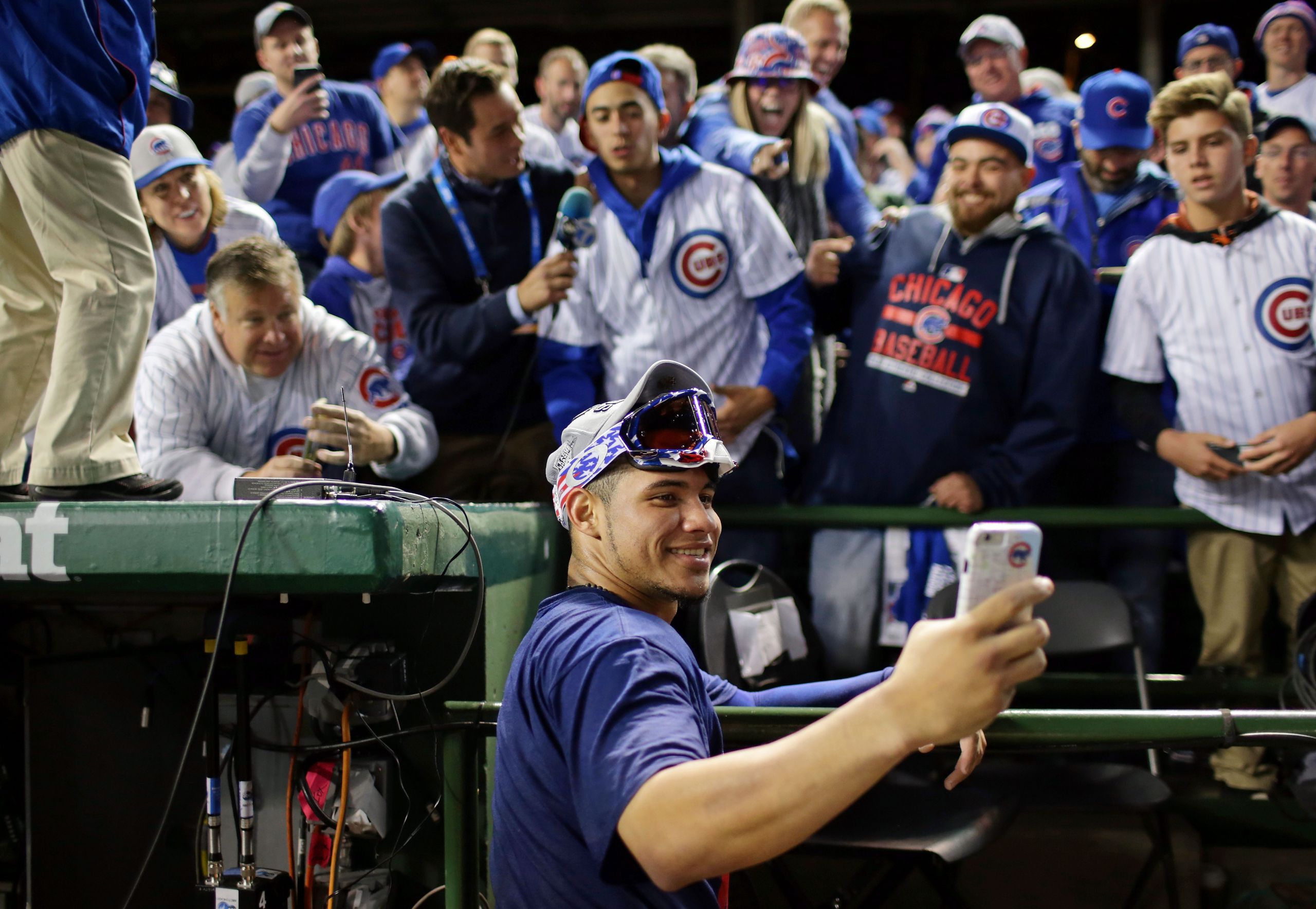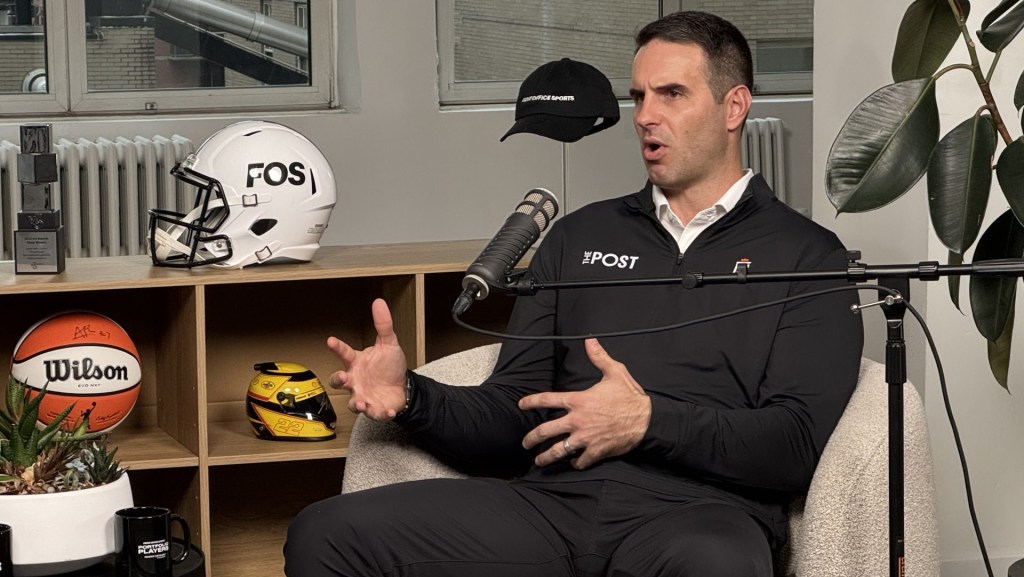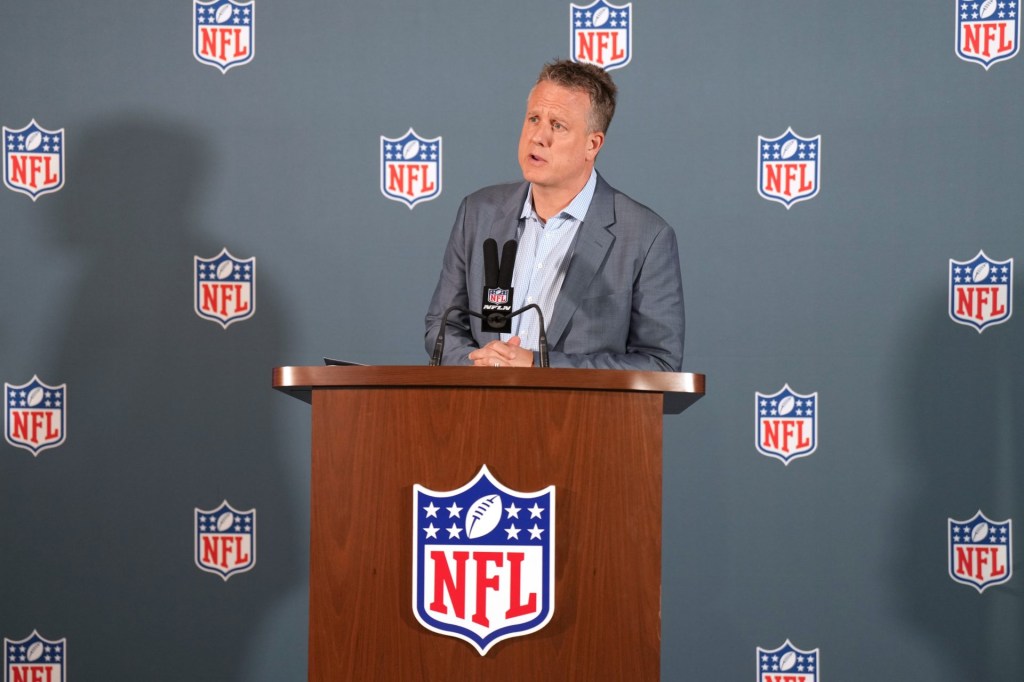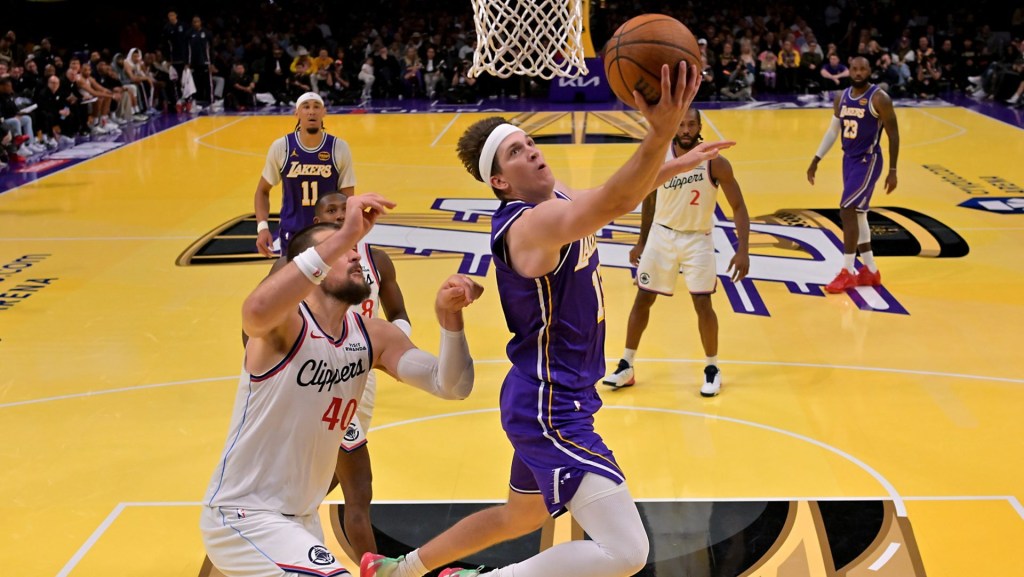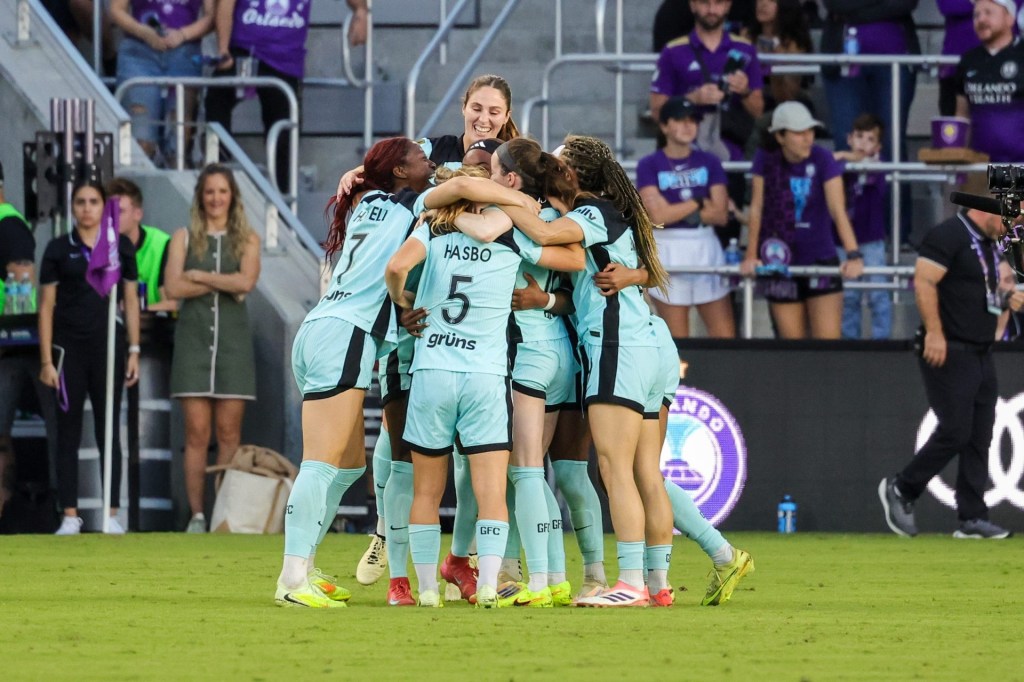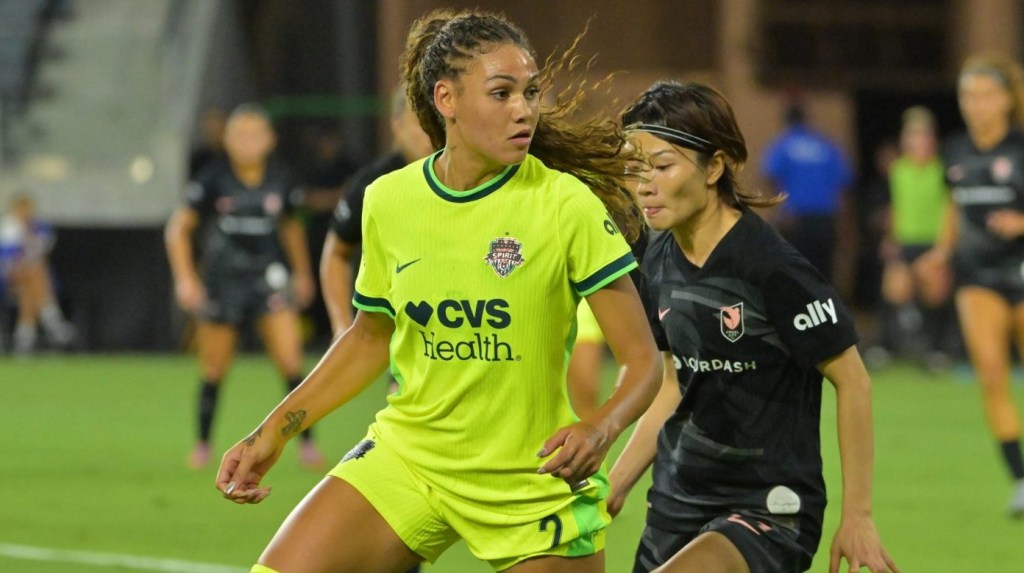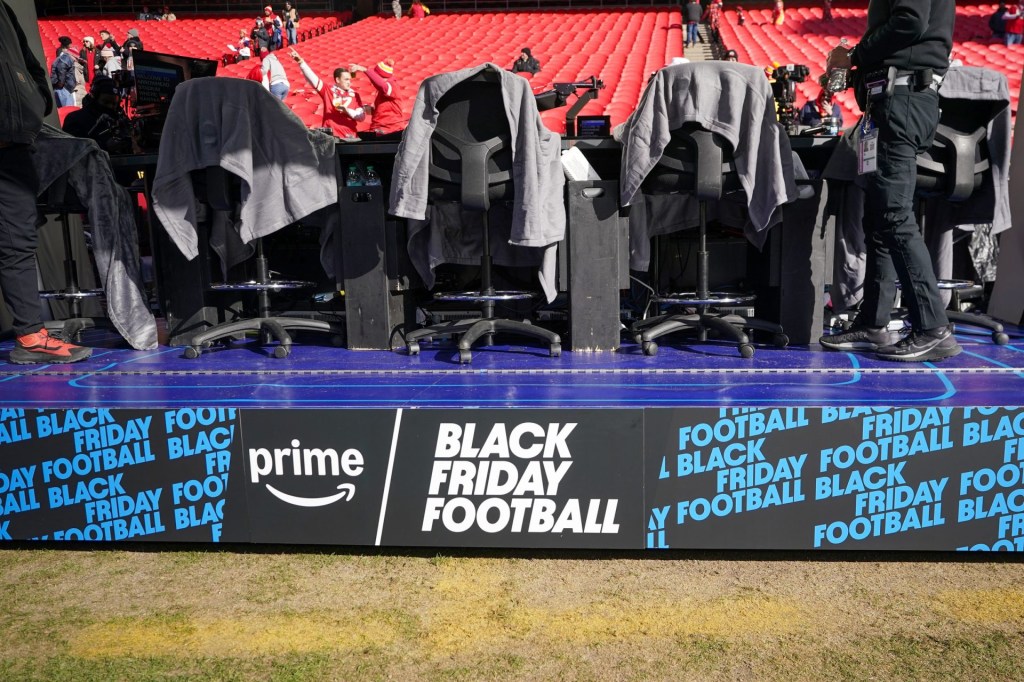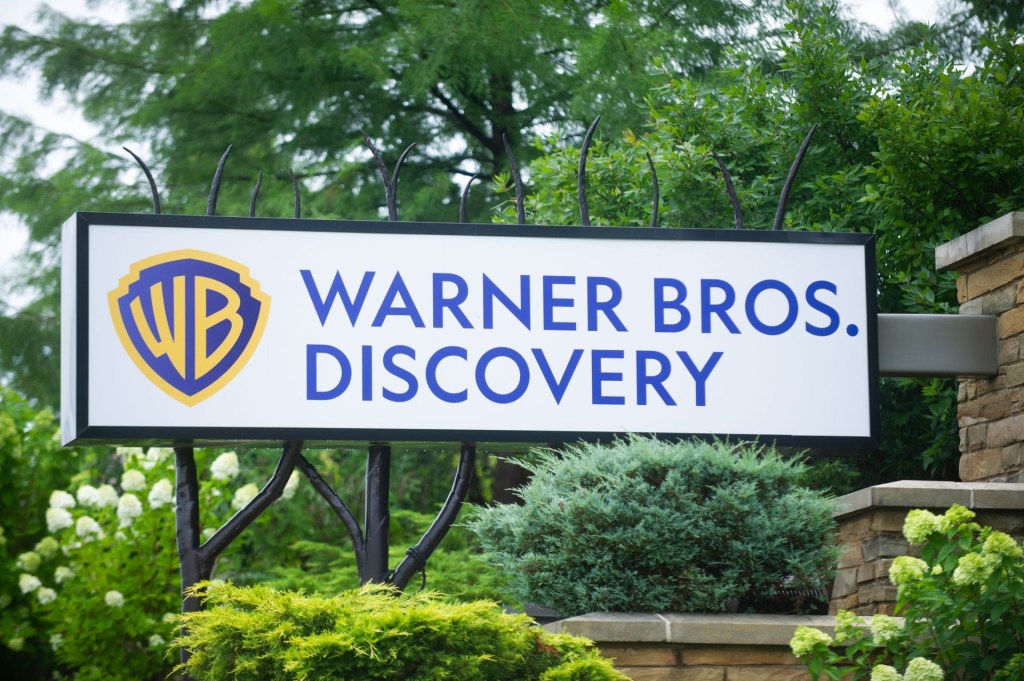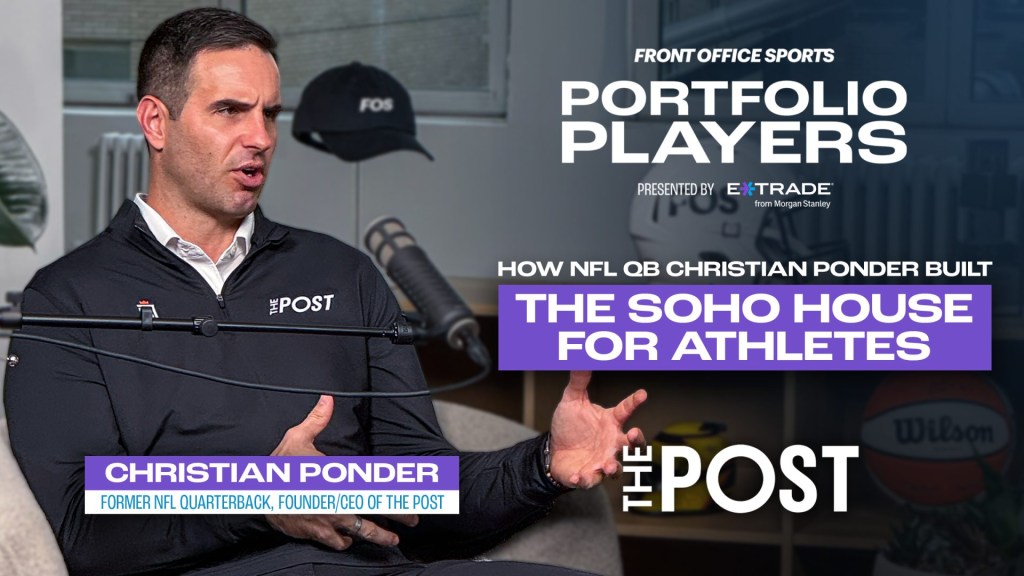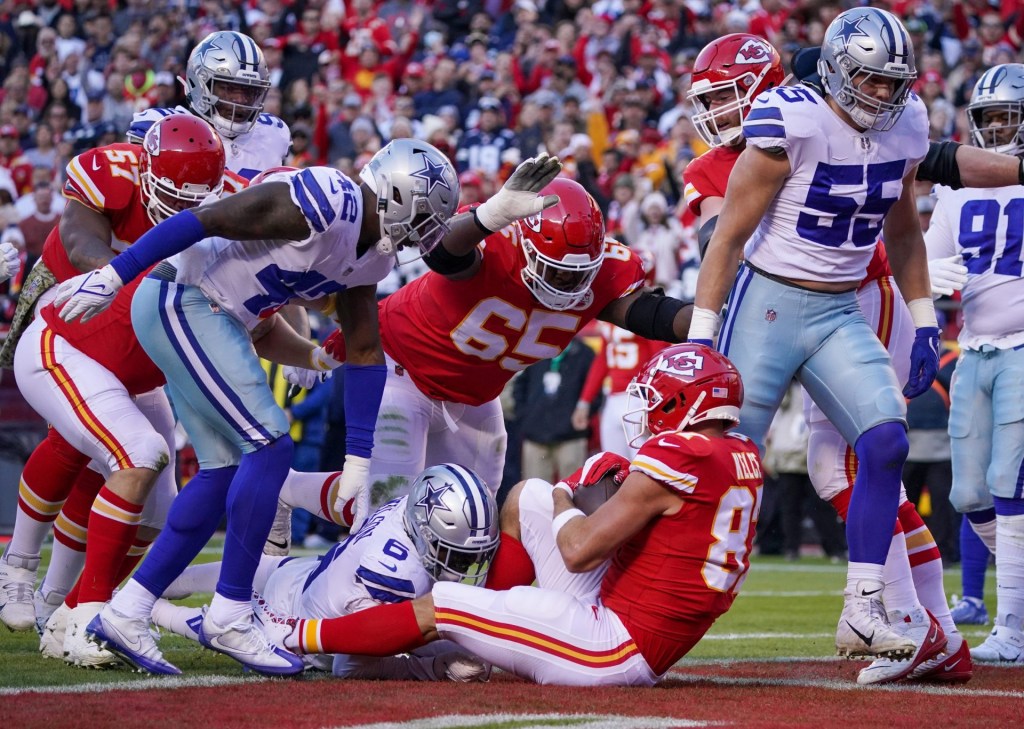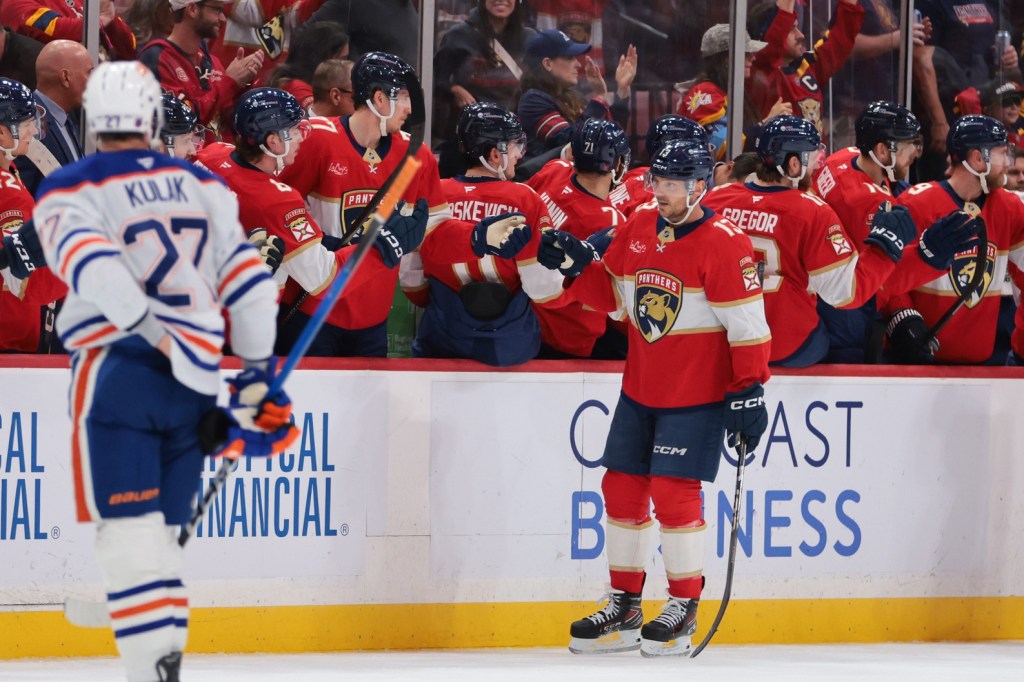With Spring Training just weeks away, Major League Baseball is preparing for a season in a new landscape. Rules like a three-batter minimum for new pitchers and a roster expansion from 25 to 26 players will force managers to reconsider in-game and long-term strategy.
At the same time, the game is reworking its social media strategy – from MLB to Little League – in an attempt to engage with the next generation of fans.
Baseball still has a long way to go, compared to its sports-league peers. On Instagram, MLB has roughly 6.1 million followers, well behind the NFL’s 16.4 million and a far cry from the 43.7 million who follow the NBA on the platform.
And although MLB has seen early gains on video-sharing platform TikTok, team interest is still low: as of January 24, only 14 clubs use it, and only the Chicago Cubs have generated more than 100,000 followers. The NFL, meanwhile, has seen 22 of its 29 active clubs exceed the 100,000 milestone, while the NBA’s Golden State Warriors became the first North American sports team to exceed one million TIkTok followers.
Beyond TikTok, building out MLB’s video and YouTube teams will be a main priority of the league’s marketing efforts in 2020, Barbara McHugh, Senior Vice President of Marketing at MLB, said in an email.
“Good, unique, authentic content stands out to fans,” McHugh said. “That’s especially true of content featuring our players. We are prioritizing unique and authentic content that shows their personalities and tells their personal stories to generate positive attention with our fans,” she said.
READ MORE: ESPN’s Personality-Driven Instagram Approach Leading to More Engagements
The league has also renewed focus on its Player Social Media Program, which offers players various types of content so they can improve their own personal brands and social media presence.
Entering the 2019 All-Star Game, 270 MLB players had joined the Player Social Media Program, according to SportingNews. By season’s end, that number had risen to 481, with all 30 clubs having at least 10 players in it. Engagement also increased during the period, with players on average seeing a 47% bump in total engagement, and the median player experiencing a 107% jump in total engagement.
From the Minors to Little League
With 160 revenue-generating teams that cover 81% of the United States population, Minor League Baseball has an advantage over its peers with the amount of content it can produce. Already, MiLB is working with new partners to improve storytelling potential, said Cory Bernstine, MiLB director of marketing and business strategy.
“While the sport of baseball has the built in tradition and history, all levels of the sport will need to continually evolve and out innovate to stay relevant,” Bernstine said. “From an audience development standpoint, we just need to know where our target consumers are and where the Next Gen fans are as well.”
Bernstine wants MiLB to be able to identify digital shifts as they’re happening. One platform he watches closely is Pinterest, which has surpassed Snapchat as the third-largest social media network in terms of users, according to Business Insider Prime. Even LinkedIn, with its proliferation of organic content and reach, is a potential outlet for MiLB, which continues to explore different avenues for growth.
In November, MiLB announced a three-phase partnership with sports and entertainment agency Octagon focused on developing its long-term content, media and distribution strategy. Octagon will conduct digital fan and platform research before launching a media content strategy campaign for MiLB.
Even Little League Baseball is beginning to take note of the benefits that social media can bring to audience expansion.
With nearly 466,550 likes and 470,000 followers, Little League’s Facebook following is the largest amongst its social media profiles. Catering more to parents and older volunteers, content is often training development-related, aimed at those trying to get younger kids involved with baseball.
“It’s just a baseline expectation of sports organizations today,” Dallas Miller, Little League’s director of social and digital strategy, said, while noting he prefers posts that are participatory and engage fans directly in contests or promotions.
“You have to play in all those spaces, and I think we’ll continue to see that growth with the development of new features on all of the legacy platforms as well as new platforms themselves,” Miller said.
READ MORE: On-Field Success Reflected In Ravens’ Social Media Presence
That sentiment was shared by several participants at Easton Diamond Sports’ first-ever “Future of Baseball Social Media” Summit in late November. Panelists raised numerous subjects, from the popularity of TikTok and Twitch to the potential for increased content monetization.
While participants were optimistic about growth opportunities, many felt baseball lags behind other sports in its approach to social media.
“There’s clearly isn’t that balance today,” Austin Hurwitz, Easton’s director of marketing and e-commerce said. “There clearly isn’t as much support [from Major League Baseball] as there could be. If MLB looks at some of the other sports and organizations that have figured it out, I think it literally is going to be a game changer for baseball content and creators.”
